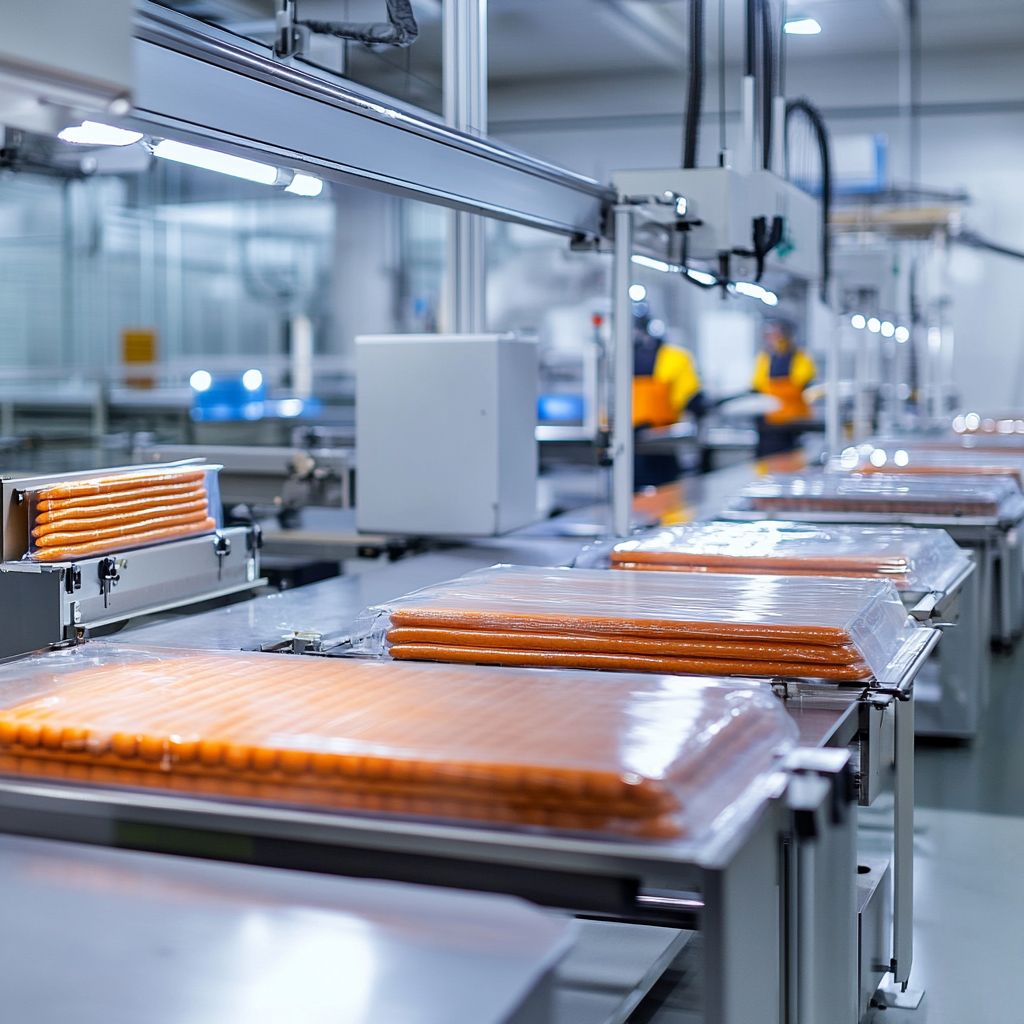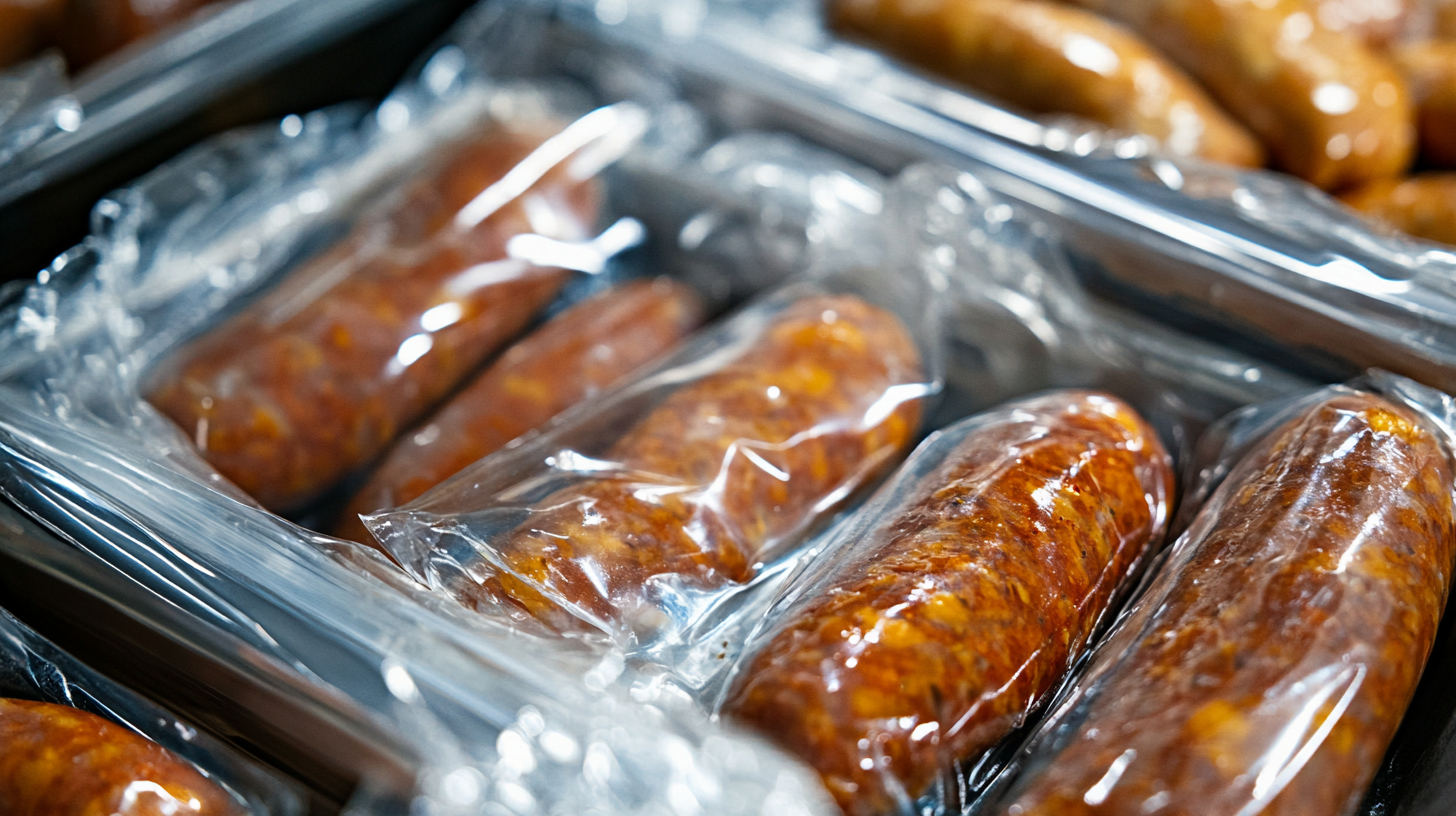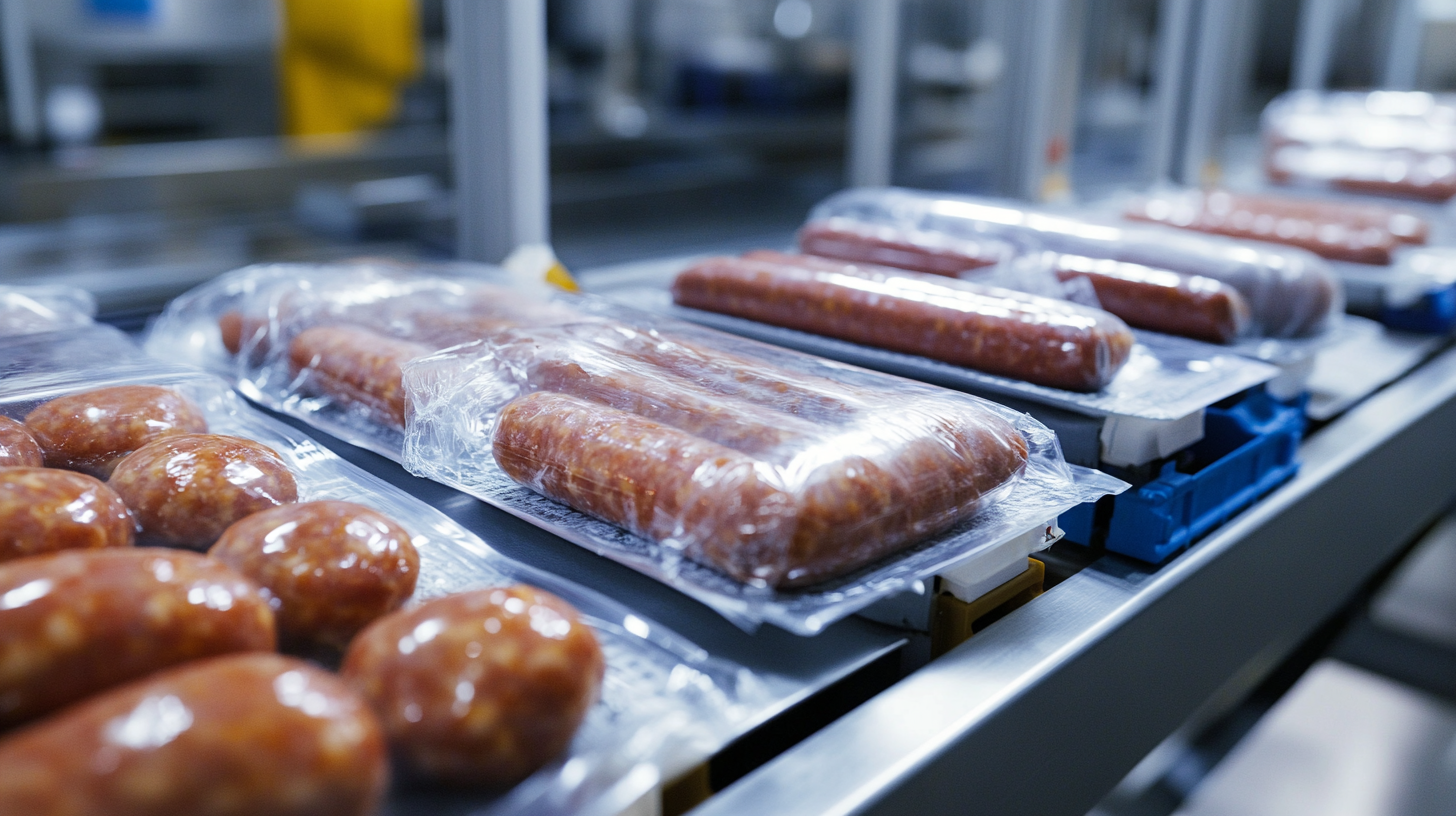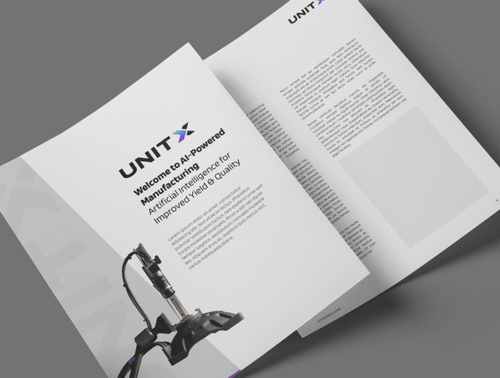Mastering Visual Inspection for Sausage Packaging in Food Safety

Visual inspections play a vital role in food and beverage packaging inspection. They help you detect flaws in sausage packaging, such as incomplete seals or contamination. Industrial vision systems cameras ensure packaging integrity by checking labels, seams, and impurities. Without effective visual inspections, unsafe food risks increase, as seen in cases of plastic in cheese or glass in corn.
Key Takeaways
Checking sausage packaging by sight helps find problems like dirt or open seals. This keeps food safe and high-quality.
Teaching workers well lowers mistakes during checks. Use different ways to train, like practice and computer simulations, to build skills.
Machines for visual checks are more accurate and faster. They find issues people might miss, keeping product quality steady.
Key Steps for Effective Visual Inspection in Sausage Packaging

Observation: Identifying Defects and Irregularities
Observation forms the foundation of visual inspection in sausage packaging. By carefully examining each package, you can identify defects that compromise food safety and packaging accuracy. This step ensures that only high-quality products reach consumers.
During visual inspections, you should look for common defects that affect sausage packaging. These include:
Contamination with non-metallic foreign particles, such as glass or plastic.
Contamination with metallic objects, like hairpins or solder wire.
Visible flaws, such as broken seals or brown spots on the product.
Incorrect labels or missing product information.
Packaging perforations or compromised integrity.
Incorrect product quantities inside the packaging.
Each of these issues poses a risk to food safety and can damage your brand's reputation. For example, contamination with foreign particles can lead to recalls, while broken seals may allow air to enter, reducing the product's shelf life. Observing these defects during visual inspections in food safety helps you maintain quality control and protect consumers.
To enhance your observation process, focus on consistency and attention to detail. Train your team to recognize irregularities quickly and accurately. Use tools like magnifiers or high-contrast lighting to spot defects that might otherwise go unnoticed. By mastering this step, you can ensure that your sausage packaging meets the highest standards of safety and quality.
Overcoming Challenges in Visual Inspections
Addressing Human Error in Manual Inspections
Human error often poses a significant challenge in visual inspections for sausage packaging. Manual inspections rely heavily on individual judgment, which can lead to inconsistencies and missed defects. Factors like fatigue, distraction, and limited training can reduce accuracy, compromising food safety and packaging accuracy.
To minimize these errors, you should focus on effective training methods. Incorporate multiple training modalities, such as lecture-based videos and computer-based programs with engaging visuals. Provide extensive hands-on training using both defect-free and defective packaging to enhance practical skills. Virtual reality can also simulate inspection conditions, offering a risk-free environment for candidate screening and skill development. These methods help your team identify defects like incomplete seals, contamination, or incorrect labels with greater precision.
Solutions: Automation, AI Integration, and Staff Training
Automation and AI integration offer transformative solutions for visual inspections in food safety. These technologies enhance accuracy and efficiency, addressing the limitations of manual inspections. AI systems can detect surface defects in various materials, ensuring consistent product quality. They perform structural and dimensional checks, verify assembly accuracy, and inspect labels for regulatory compliance. AI also flags cosmetic flaws and deviations from quality standards, maintaining uniformity in sausage packaging.
Automated systems provide additional benefits. They improve product quality by identifying minor defects early, reducing waste and production costs. Real-time defect detection enhances operational efficiency, allowing quick corrective actions. While initial capital investment and ongoing maintenance are required, the long-term benefits outweigh these costs. Skilled personnel remain essential for optimizing system performance, ensuring a seamless integration of automation with your quality control processes.
By combining automation with robust staff training, you can overcome challenges in visual inspections. This approach ensures that your sausage packaging meets the highest standards of food safety and quality.
Best Practices and Advanced Techniques for Sausage Packaging

Leveraging Automated Visual Inspection Systems
Automated visual inspection systems revolutionize food and beverage packaging inspection by enhancing accuracy and efficiency. These systems use advanced AI machine vision technologies to detect defects in sausage packaging that manual inspections often miss.
Modern vision systems incorporate key features to ensure thorough inspections:
Sensors and Lighting: Integrated sensors collect detailed data, while uniform lighting highlights defects for accurate detection.
Analyzing Images for Defect Detection: Algorithms process images to identify flaws based on color, shape, and texture.
Key Components and Technologies: Tools like 2D and 3D machine vision, laser micrometers, and barcode readers provide comprehensive quality control checks.
These systems outperform manual inspections, which often detect only 80% of defects. AI-powered vision systems achieve 99%+ inspection accuracy , significantly reducing the risk of defective products reaching consumers.
Implementing Standardized Procedures for Food and Beverage Packaging Inspection
Standardized procedures ensure consistency and reliability in food and beverage packaging inspection. Establishing clear guidelines helps you maintain high standards for sausage packaging while meeting industry requirements.
You can also adopt advanced technologies to support these procedures:
Technology | Description | Application in Food & Beverage Packaging |
|---|---|---|
Vacuum Decay | A reliable solution for detecting leaks in various food packaging formats. | Ensures package integrity and quality for shelf life. |
Airborne Ultrasound | Identifies defects that affect package quality. | Used for maintaining safety and quality in packaging. |
HVLDmc | High Voltage Leak Detection method for package integrity assurance. | Critical for ensuring tamper-proof and defect-free packaging. |
Leaks as small as 10 microns can compromise packaging integrity, leading to oxidation and spoilage. By implementing these technologies, you can prevent such issues and extend the shelf life of your products. Standardized procedures also streamline quality control checks, ensuring your sausage packaging consistently meets consumer expectations.
Machine vision inspection builds consumer trust. Food processing plants often showcase quality control measures, ensuring transparency and safety. Farm-to-table restaurants document produce journeys with photos, enhancing credibility. These practices highlight the importance of AI-based visual inspection in protecting your brand and meeting consumer expectations.
Discover how UnitX’s cutting-edge AI-powered vision systems can transform your quality control process with best accuracy,100% in-line inspection and rapid deployment.
FAQ
What are the most common defects in sausage packaging?
The most common defects include incomplete seals, compromised packaging integrity, contamination, wrong labels, packaging perforations, and incorrect product quantities.
How does AI improve visual inspections for sausage packaging?
AI detects defects with high precision, processes images quickly, and ensures consistent quality by identifying flaws like contamination or incorrect labels.
Can automated systems replace manual inspections entirely?
Automated systems enhance accuracy and efficiency but require skilled personnel for optimization. Combining both ensures the best results in sausage packaging inspections.
See Also
Achieving Excellence In OD Scratch Inspection With Vision
Utilizing Machine Vision Technologies In Food Manufacturing
Exploring Techniques For Automotive Appearance Evaluation
Simplifying Quality Control Processes For Semiconductor Production

